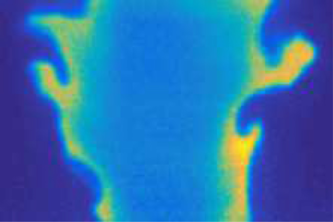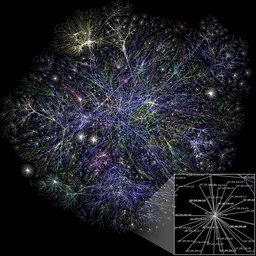Lake Roundabout, New Zealand
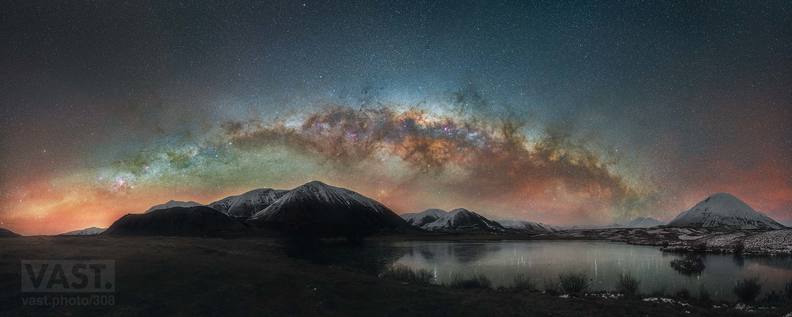
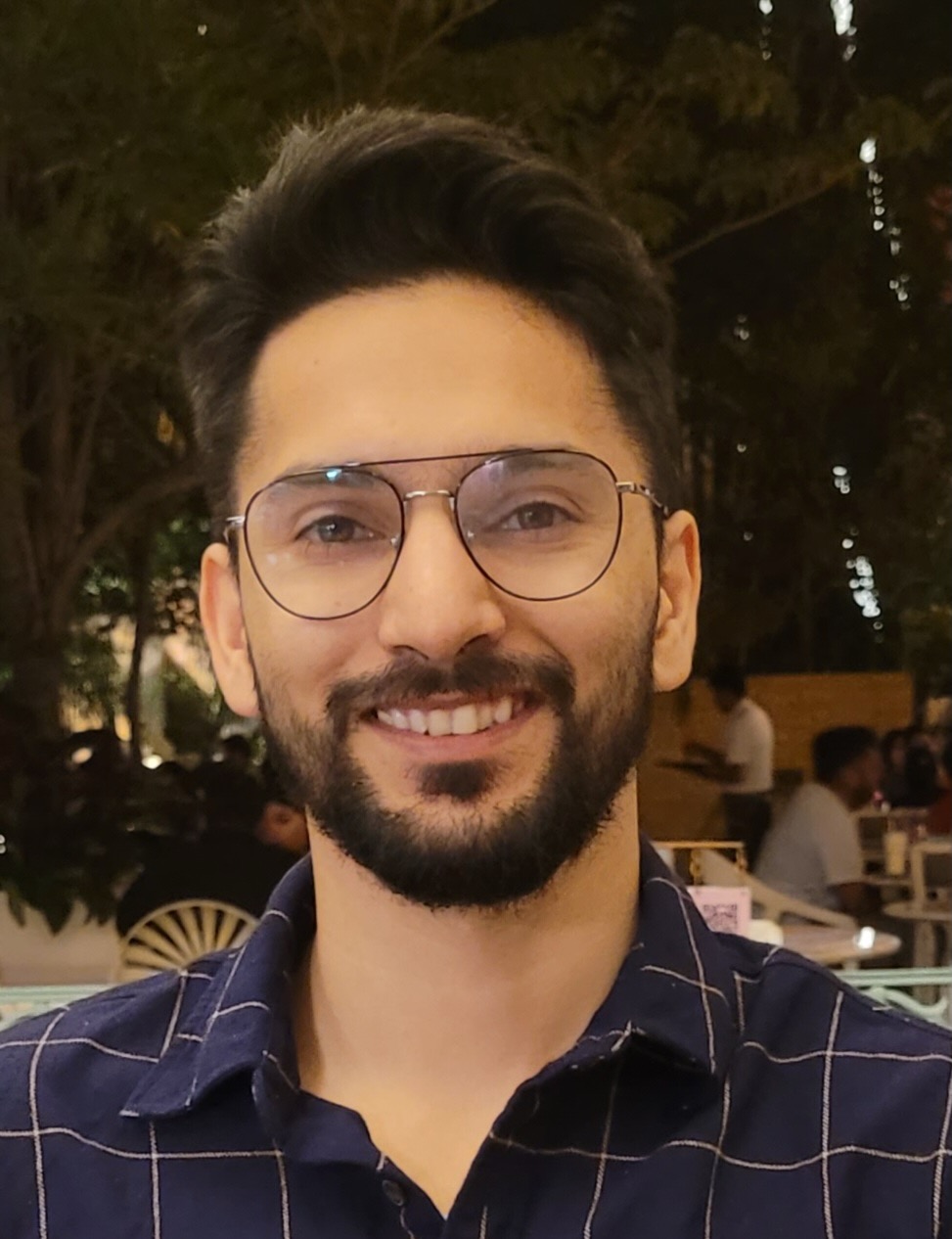
Jassi
Programmer, Graduate Student
Hi! I am
Jasmeet
Singh.
People call me
Jassi.
Thanks for visiting me at one corner of the world wide web! I am a programmer and I like to work on
interesting new problems. I have been lucky to work on fascinating algorithms in various projects I pursued.
Feel free to browse through my work to know me better
About Me
I am a programmer and a tech enthusiast. I like experimenting with new software ideas.
I graduated from IIT (BHU), Varanasi in 2015 with a Bachelor in Technology in Mechanical Engineering. My
background in applied science and engineering has given me strong logical thinking capabilities. With time, I
have used these skills to develop programming and algorithm development acumen.
I completed Master's in Applied Science at the University of British Columbia, Vancouver, Canada. As a part of being in thesis
based graduate program, I focused on working in Computational Geometry. Specifically, I develop algorithms
for mesh generation, which is basically discretizing a physical space into smaller sub spaces.
I like to read. Technical articles and history books are on the top of my reading lists. I also like watching
thriller movies.
Work

I work at Advanced Numerical Simulations Laboratory (ANSLab), University of British Columbia to generate Unstructured Quad-Dominant
Anisotropic Meshes.
I wrote an automatic and fast method to discretize the surface of geometric domains (bodies) in a way that
they can be used to generate volume meshes (volumetric discretization).
To know about my work and find out why it is so important, browse the project
description.
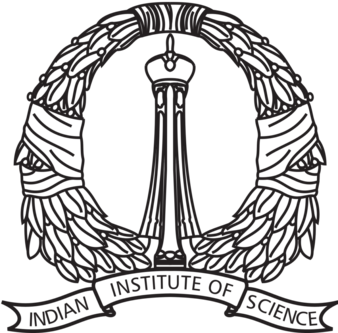
I worked at Propulsion and Energy Conversion Laboratories, IISc, Bangalore (now at University of Toronto) for one and a half
years.
I pursued a highly interdisciplinary project wherein I found correlations between flame propagation and complex network theory. Here, I
developed an algorithm to convert spatial flame fronts to complex networks.
Know more about my work in the project descrition here.
Projects
Advancing Layer Surface Mesh Development
Discretizing geometry using unstructured meshes is a vital part of any simulation. In my Master's thesis project, I wrote a mesh generator which produces anisotropic surface meshes ideal for boundary layer flow simulations. These meshes act as the foundation for generating hex-dominant volume meshes with complete 3D anisotropy.
I worked at ANSLab, UBC to complete this thesis project. The app was made a part of the in-house mesh generator GRUMMP.
I presented my work at AIAA Scitech Forum 2020. The paper can be found at AIAA Repository - Advancing Layer Surface Mesh Generation. My paper received the Best Student Paper Award - Meshing Visualization and Computational Sciences for the conference.
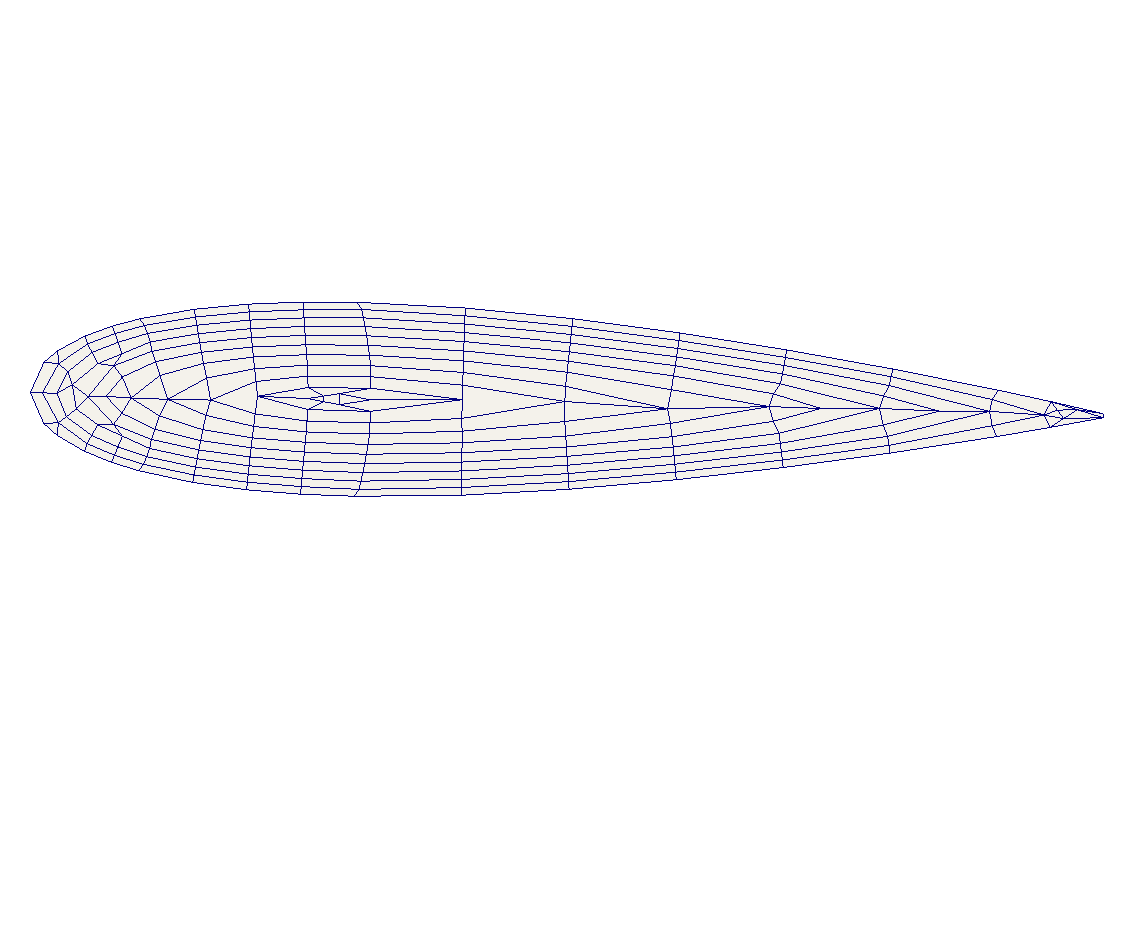
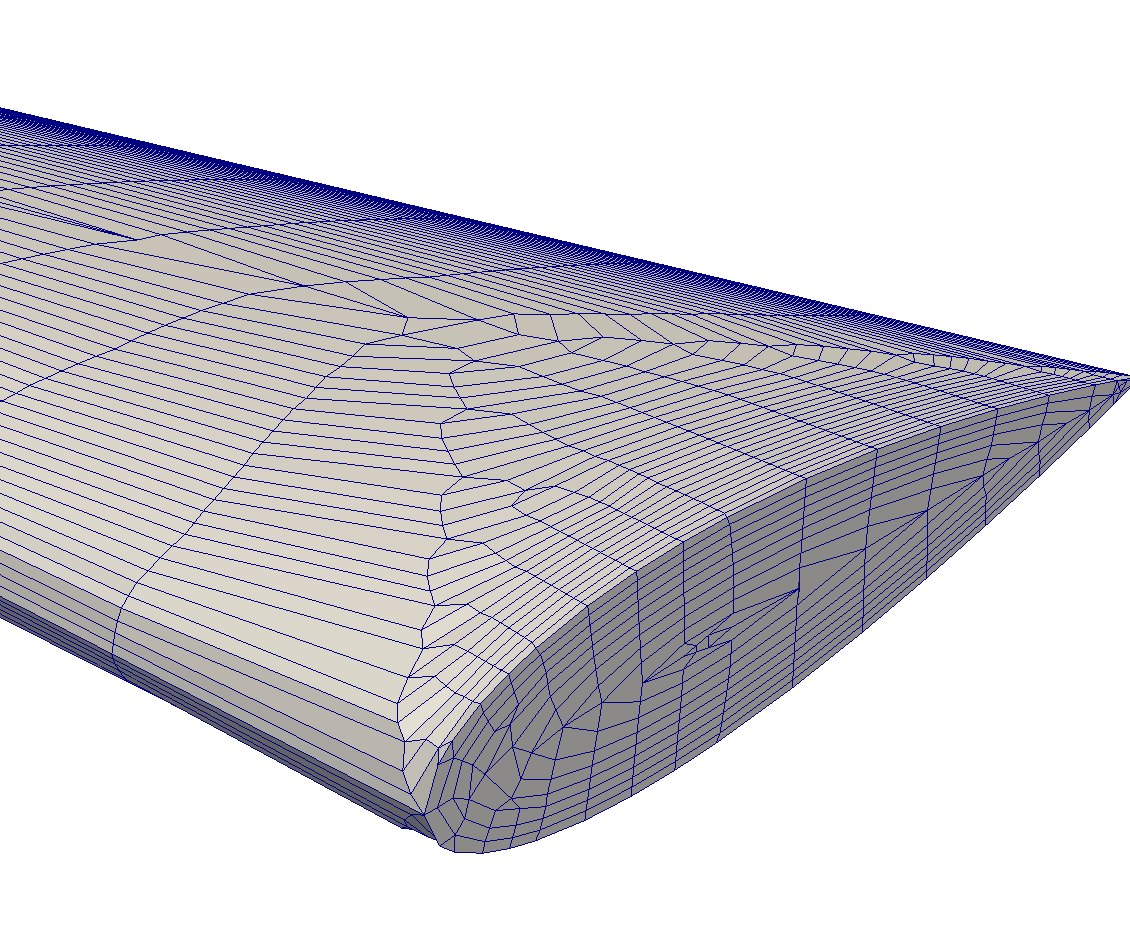

Basic Viewers for Geometry Data Structures
As a part of Google Summer of Code 2019 project at Computational Geometry Algorithms Library (CGAL), I developed viewers for various geometry data
structures.
These viewers are important to quicly visualize the result of an algorithm or to debug code. Viewers were
developed for several packages in the CGAL repository including Voronoi Diagram, Periodic Triangulation, Nef
Polyhedra and Arrangement 2D.
Find more about my work and the code at GSoC
Archive.
Automatic Secondary Motion: Dynamic Kelvinlets
Adding secondary motion to animations is tricky for animators and waiting for another simulation to add such motion is inconvenient. Hence, a solution is to automatically add secondary motion to an object by solving the material elastodynamics equations.
Inspired by the work done at Pixar, I implemented and evaluated the quality of Dynamic Kelvinlets, a analytical technique for real-time physically based animation of virtual elastic materials. Find the implementation on Github.
The implementation details and evaluation of the technique can be found in the report, which was submitted as the part of a course project. Credits to Dave for the ideas and contributions to the project.
Network Structure of Turbulent Premixed Flames
In this interdisciplinary project, I had the opportunity to work on experiments in turbulent combustion as well as algorithm development. The goal of the project was to characterize turbulent premixed flame fronts using complex networks and hence, provide a framework for possible flame interaction and subsequent control.
I developed an algorithm to convert spatial flame front images, obtained via Planar Laser Induced Fluorescence (PLIF) into complex networks. This study produced highly enriched graphical representation of flame fronts and could serve as a framework for characterizing flame-turbulence interactions. The study was published in Chaos: An Interdisciplinary Journal of Non-Linear Science.
